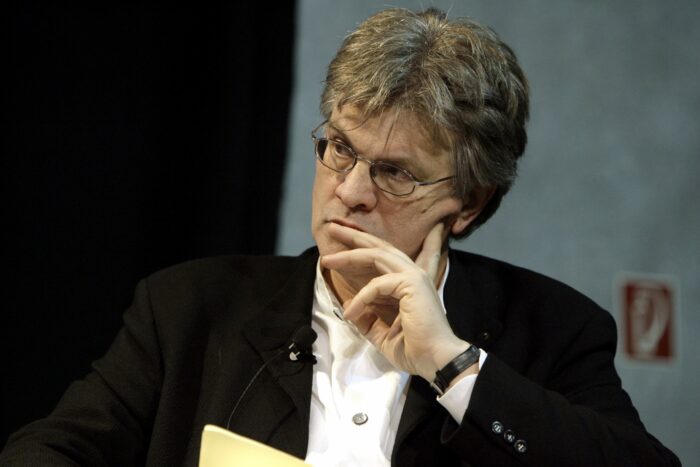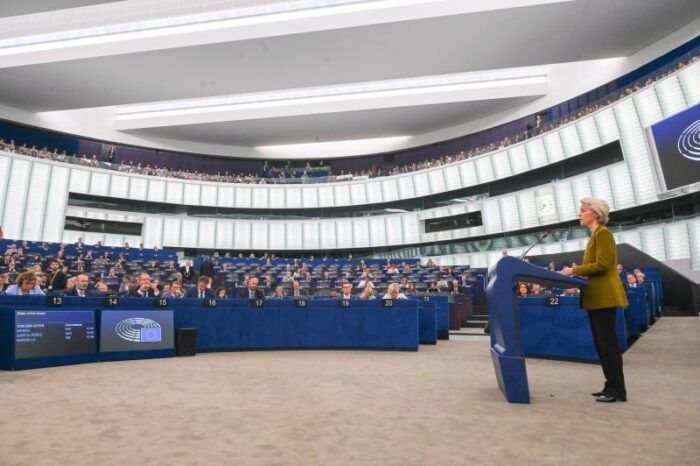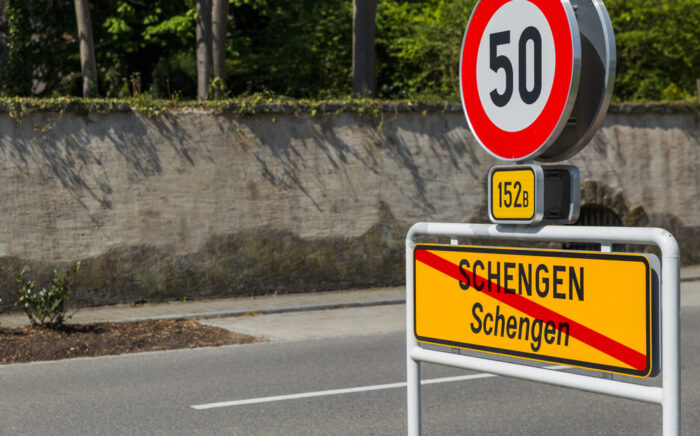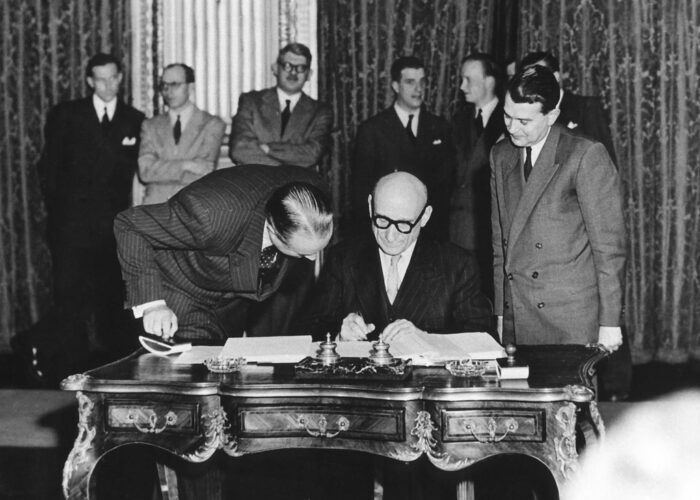The Progressive Post
Europe’s centre moves east

After the shock of the shift to the right in the first round of the French parliamentary elections, German-Polish government consultations took place in Warsaw in early July. The two events had nothing to do with each other, the proximity of dates was a coincidence. The consequences of the French election were, however, deeply felt. During the time of the nationalist PiS governments, these meetings were suspended for several years. This year’s meeting signalled a new dynamic. It could even suggest that Europe was looking for a new centre. Will the German-Polish engine replace the Franco-German engine as the driving force of Europe in the future? Without wishing to overuse such political formulas: Poland, with Donald Tusk, who has demonstrated how to defeat a right-wing nationalist party in elections without falling for its rhetoric, will be a key player in European politics for the foreseeable future.
Even if it was only just about possible to prevent the right-wing populists from making a breakthrough in France, looking at the political map of the continent after the European elections, many observers in Western capitals are rubbing their eyes: old Europe – the West – is now just as volatile or even more unstable and challenged by populism than the EU member states in Central and Eastern Europe.
The new dynamic in German-Polish relations is merely an indicator of the shift in the intra-European balance of power towards the East. The development that the Union is entrusting the representation of its foreign and security policy to two Baltic commissioners (Kaja Kallas from Estonia as the EU’s foreign policy chief, and Andrius Kubilius from Lithuania, defence and space) is another sign confirming this trend. Behind this are far-reaching geo-political and -economic changes triggered by the Russian war against Ukraine. These developments are only slowly finding their way into the minds of politicians and citizens in the old West. This became clear at the beginning of May during the celebrations to mark the 20th anniversary of the EU accession of the Central and Eastern Europeans. In the West this was widely and unanimously celebrated as a great success, which is certainly true regarding the economic development and political integration of the accession countries into EU structures. From the perspective of the accession countries, however, this interpretation is the Western view, which only describes half the truth. What is ignored or seen with little empathy in the West are the radical social adjustments that people were exposed to from 1989 onwards during the transformation from ‘actually existing socialism’ to a market economy and democracy and the adoption of the acquis communautaire preparing for EU accession. And in all Central and Eastern European countries – unlike in the new German Länder of the former GDR – this had to be mastered without gigantic transfer payments from the West.
Second-class EU members
Although the Soviet-style planned economy had proved to be uncompetitive with the capitalist West, there were political motives behind the revolutions of 1989-1990. At the time, the oppositions were movements for freedom, democracy and national independence. Nevertheless, the population expected that it would be possible to catch up economically with the West in the foreseeable future, adopt its institutions and thus also its successful welfare state. What was completely underestimated though, was the functioning of capitalist market economies, which produce winners and losers in phases of economic upheaval. Since the financial crisis of 2008-2010 at the latest it had become clear that these expectations would be disappointed for a long time to come. Despite all the convergence between the economies in the West and East, average incomes in the region today are still only 60-80 per cent of the EU level (40-60 per cent on accession in 2004). As a result, large sections of the population of Central and Eastern Europe are disillusioned with the West. Even decades after the end of the Cold War, there is still a widespread feeling in the region of being treated as ‘second-class Europeans’.
The West’s mistake was to tell the story of 1989 as one of victory (Fukuyama). From the perspective of Central and Eastern Europe, however, it is not a story of victory, but one of imitation (Krastev). The East wanted to become like the West, or rather, like the West was imagined to be. Yet imitation always involves the assumption that the imitated is better than the imitator. This is not a basis for building a strong sense of self-worth and a positive identity.
But the ‘age of imitation’ is now closing. The supposedly exemplary international order of the Western old members turned out to be fragile in the wake of the financial crisis and the overlapping multiple crises that followed (migration, terrorism, pandemic, climate, etc.). In the East, it is becoming clear that democracy and the current form of global capitalism are also becoming increasingly difficult to reconcile in the West of the EU.
Parallel to this realisation, the economic importance of the Eastern countries for the entire Union has increased enormously. Based on successful modernisation efforts, flanked by massive investments from the western states of the Union, the countries have succeeded in integrating their economies into the European division of labour and their supply chains. However, in view of global dynamics, the East will not be able to rest on its laurels regarding integration into the common market. A second transformation is imminent, which should overcome the weaknesses of the previous ‘dependent’ growth model. The old industries (for example the automotive industry) must modernise. The existing industrial model is exhausted, active industrial policy is required. Demographic change, decarbonisation and digitalisation must be mastered. The service sector will become increasingly important. Under these conditions, further growth depends on productivity increases, which must be accompanied, above all, by investment in innovation and education. Nevertheless, the times when the region’s countries were marginalised and considered supplicants are over – they are now playing in the same league.
Central and Eastern Europe has become a beacon of hope for foreign trade for various countries in the EU – above all Germany. This has increased massively since the start of the Russian war against Ukraine. In times of increasing multipolarity, growing competition for raw materials, investment locations and markets, de-risking and in-shoring, the EU internal market is gaining in importance.
For Germany, this means that the volume of foreign trade with the four Visegrad countries alone (the Czech Republic, Hungary, Poland, Slovakia) is now significantly higher than with China or the US. Export growth in the region is around three times higher than the growth of German foreign trade as a whole. Leading the way for many of these developments is Poland, which will achieve GDP growth of 2.8 per cent in 2024. The country has grown faster than Germany and the EU average for three decades. According to forecasts, this successful trend is set to continue.
From the margins to the centre of European politics
The region’s importance in the EU has grown not only economically. Russia’s war against Ukraine shifted the entire focus of European politics to the east. However, the surprise was much greater in Brussels and the Western capitals than in Central and Eastern Europe. Initially, the attack itself and the brutal nature of the Russian warfare confirmed the eastern countries in their membership of the EU and, above all, NATO. Putin’s turning away from the West had been accelerating since his speech at the Munich Security Conference in 2007 at the latest. The path led from the second Chechen war via Georgia and Syria to the annexation of Crimea in 2014. On this way the president profiled his country as a violent military actor, ready and able to engage in multiple types of intervention: state terrorism, hybrid warfare, cyber-attacks, fake news campaigns and the deployment of mercenary troops, to name but a few. As dramatic as this was, it initially changed little in terms of policy towards Russia. This was true for Brussels, whose Russia policy had already come to a standstill sometime before the attack on Ukraine, and important Western European capitals, but above all for Berlin. The Russian threat was precisely what the Central and Eastern Europeans had been urgently warning against, at least since Putin’s annexation of Crimea in 2014. For Germany, it became clear that its policy towards the region had largely been a derivative of its policy towards Russia.
The EU’s cohesion and ability to act, particularly expressed in a series of sanctions programmes against Russia and the granting of candidate status to Ukraine, were among the positive surprises of the conflict. However, the domestic political consequences of the sanctions against Russia and of the ‘expensive ‘continued support for Ukraine were underestimated. As the war drags on, they will increasingly become a burden on broad solidarity in the EU member states. The countries of Central and Eastern Europe are facing these challenges in the same way as the old members in the west of the Union.
Nevertheless, except for Viktor Orbán’s Russia-friendly Hungary, they are among the most resolute supporters of Ukraine. Against the backdrop of their own historical experiences with Russia or the Soviet Union, these countries are now home to a large proportion of Ukrainian migrants and are investing heavily not only in their own defence, but also in the expansion of European security structures and the European pillar of NATO. Their geopolitical status is further strengthened by the inclusion of Sweden and Finland in the defence community, which turned the Baltic Sea into NATO waters.
Against the backdrop of the West’s misjudgement of Russia and its ignorance of Russia critical voices from Central and Eastern Europe, the opportunity has arisen to meet on an equal footing and tackle common challenges in a coordinated manner. The countries in the region can now expect to be heard and respected. What they should not expect is that other countries in the Union will necessarily share their views and interests.
Hungarian Prime Minister Viktor Orbán, who mutated from a liberal beacon of hope of the fall of communism in 1989 to the enfant terrible and spokesman of right-wing populism, formulated the emancipation of the Central and Eastern European countries in the EU as early as 2017 with the words: “after the fall of the Berlin Wall, we here in Central Europe believed that Europe was our future. Now it turns out that we are the future of Europe”. Most of Orbán’s contemporaries can subscribe to the first part of the quote, but less so to the second, because, in the meantime, the idea of illiberal democracy and other right-wing populist concepts have become what characterises Orban’s vision of this Europe. The goals of the democratic elites and the electorate that supports them are more likely to be focused on seeing their interests respected in the EU to help ensure that the Union delivers prosperity and security in freedom.
Seen in this light, the 2004 accession candidates have arrived in the Union. However, the club they are now members of differs greatly from the one they wanted to join back then. A few months before the 2004 enlargement, the first European security strategy stated: “Europe has never been so prosperous, so secure nor so free. The violence of the first half of the 20th century has given way to a period of peace and stability unprecedented in European history”. Today, this self-image of the former EU seems like a distant place of yearning, albeit one the East can now equally contribute its part in achieving.
Photo credits: Shutterstock.com/BelkaG




